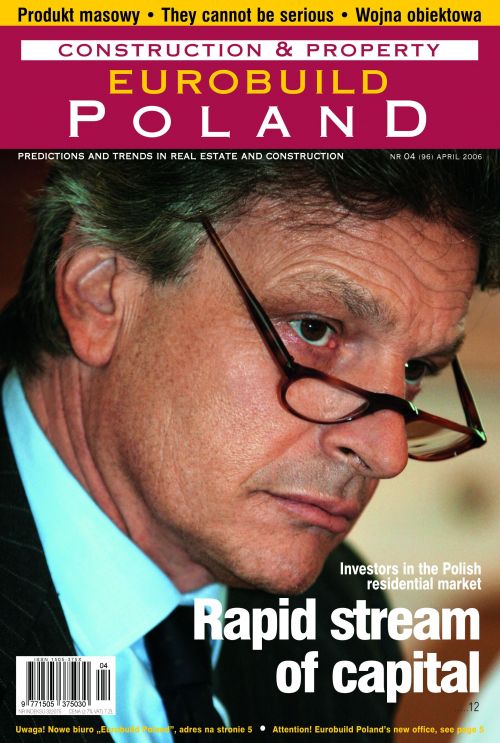The slump in the yields of office, retail and warehouse investments in 2005 was evident not only in the Polish market. A similar trend was visible throughout most Central European countries, as well as in the \'old\' European Union 15 and looks set to continue this yearFalling yields and other market phenomena were highlighted by the authors of CB Richard Ellis\' "European Investment" report, which was released to the public at the MIPIM real estate trade fair in Cannes. It is devoted, first and foremost, to a summary of 2005, but also includes a forecast for the next few months.Huge appetiteThe fall in yields was brought about by a high demand for the prime properties in the best locations, together with their increasing shortage of supply. The effect was seen in the interest expressed by investors in smaller cities, as well as being corroborated by a thorough analysis of the possibility of investing in the housing and hotel market, in mixed-use projects, and also in the so-






























































